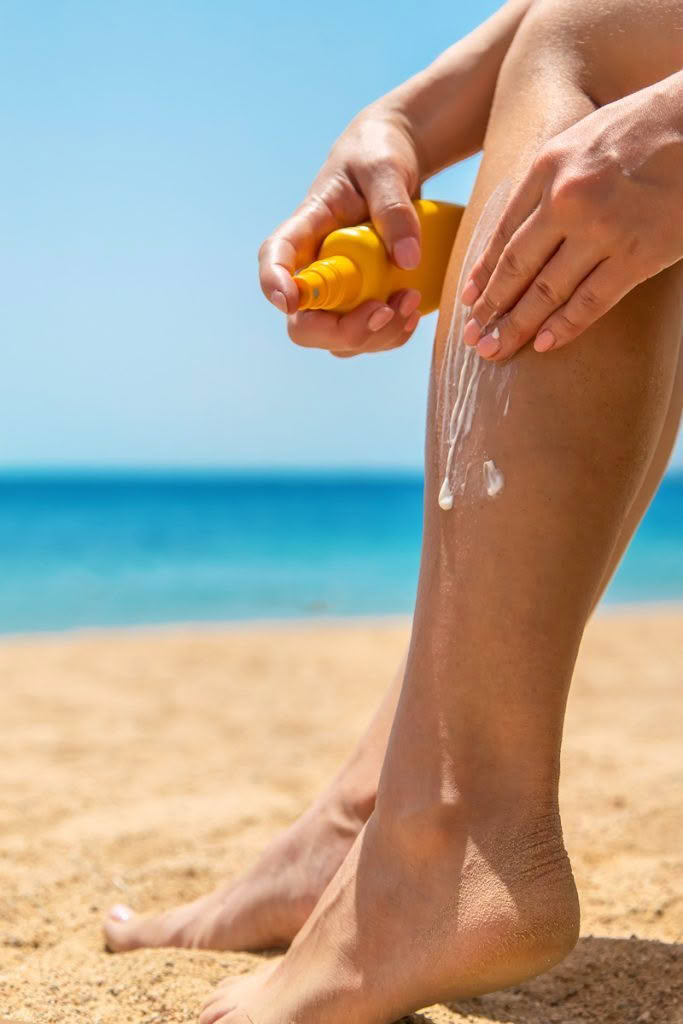Reducing Risk
Did you know sunscreen needs to be applied 20 minutes before heading outside so it can absorb into skin and activate? Emma Shields offers an insight into what else you need to know when it comes to protecting yourself from the sun’s rays.

Protecting ourselves from the sun’s ultraviolet radiation (UVR) is a no-brainer. Too much UVR damages skin cells’ DNA and causes over 90 per cent of skin cancers. The more your skin is exposed to UVR, the greater the risk of damage and skin cancer – but it is a risk we can reduce by being SunSmart.
Using sunscreen is just one of the daily actions you can take to protect your skin. Sunscreen forms a protective barrier that reduces the amount of solar UVR that reaches our skin. While sunscreen offers valuable defence against UVR, you can’t rely on it alone. It is also vital to cover up with clothing, wear a wide-brimmed hat and sunglasses, and spend time in the shade whenever possible.
What type of sunscreen should I use?
Sunscreen ingredients work in two ways: scattering and/or absorbing ultraviolet radiation to help stop it from reaching the skin. Some sunscreens use both absorbing and scattering ingredients. SPF (Sun Protection Factor) ratings can be confusing, so it can help to know …
SPF15 filters 93.3% of UVR
SPF30 filters 96.7% of UVR
SPF50 filters 98.0% of UVR
SPF50+ filters 98.3% of UVR
Cancer Society of New Zealand recommends using a water-resistant sunscreen with at least SPF30. It should also be Broad Spectrum, which means it protects against both UVA and UVB radiation – the sun’s two types of harmful radiation.
Apply sunscreen generously and frequently
When it comes to sunscreen, how you apply it is just as important as the product you use. Many of us don’t apply enough, resulting in lower protection than the SPF rating. A generous layer is needed, which requires about seven teaspoons (35 ml) of lotion for an adult full-body application – that’s about one third of a 100 ml tube!
The active ingredients deplete from UVR exposure, so it’s also essential to reapply every two hours, and after swimming or heavy perspiration. If swimming, check your sunscreen is water-resistant. Even if the product says it’s water-resistant for four hours, it will still break down from the UVR, so it still needs to be reapplied every two hours.
Emma Shields is the Evidence and Insights Lead at Cancer Society of New Zealand. She advocates for evidence-based policy changes across the cancer continuum, to reduce the incidence and impact of cancer. For more information about SunSmart
visit sunsmart.org.nz or download the UVNZ app. cancer.org.nz

